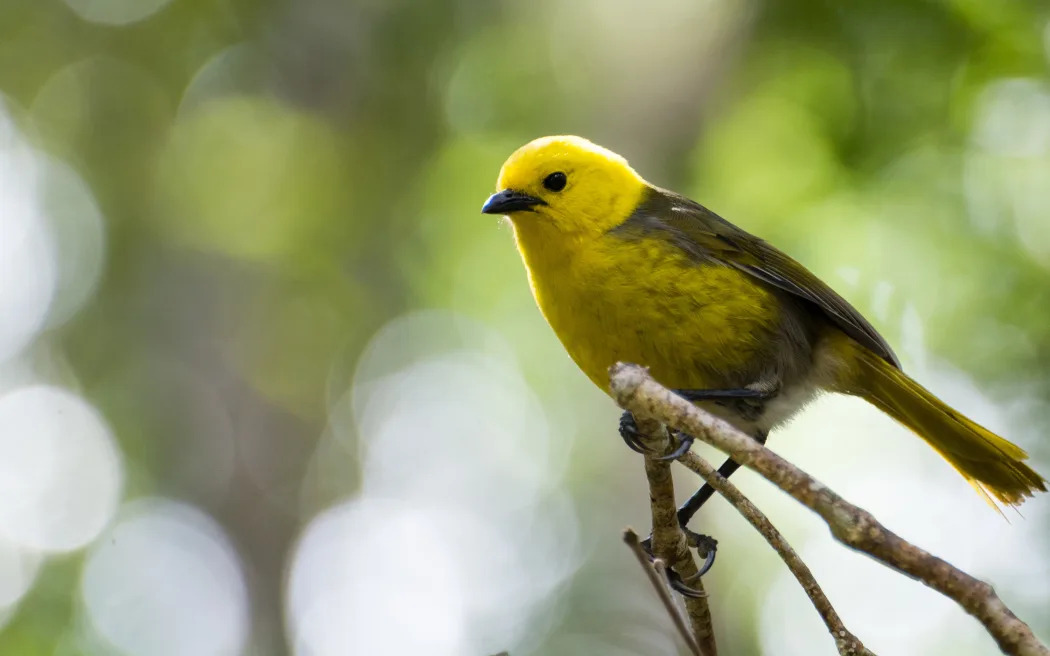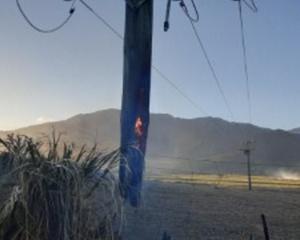
The Department of Conservation (DOC) has modelled the next beech mast and forecasts this spring's flowering will result in trillions of seeds dropped come autumn - a feast for rodents and birds.
DOC expects this to be the biggest seed drop in seven years and plans pest control measures in the South Island's western areas from Kahurangi to Fiordland, where beech is prevalent.
Conservation biologist and Auckland University professor James Russell said rats and stoats would explode in numbers, and once the seed is eaten, look to supplement their diet with native birds.
"The forecast masting event next year could be an extinction-level event for many local populations of our taonga animal species."
A rat plague during a 1999 beech mast wiped out the last population of mohua yellowhead in the northern South Island at Mt Stokes.
"The science is very clear on when these masting events will happen and what the negative outcomes for native species are," Russell said. "What is required is that we plan and respond appropriately to these pest outbreaks.
"Mast seeding is a cyclical event that continually comes around again. Strategic pest suppression can minimise the impact of masting events, but will always feel like plugging holes in a dam of pests about to burst."
He said Predator Free 2050 projects around the country aimed for pest elimination.
"With elimination, all breeding pests are removed and so, even when a mast event occurs, there is no population to increase," Russell said.
"Parts of the country, such as South Westland, are beginning to achieve pest elimination, with towns such as Franz Josef and Okarito now rat-free."
Aerial 1080 predator control operations will be focussed in two rounds - later this year, before seed falls in autumn, and from late 2026, once seed has been eaten or germinated.
DOC national predator control programme manager Peter Morton said it was planning a bigger predator control programme than usual over the next two years.
"Operations will be focused on the best surviving populations of endangered wildlife in Kahurangi, Mt Aspiring, Arthur's Pass and Fiordland national parks.
"We know, if we do nothing, native species will be decimated. Some of our last surviving mohua populations are hanging on by a thread and there's a risk, with a surge in predators, we could lose them."
Morton said DOC's monitoring showed carefully timed aerial 1080 operations prevented large spikes in predator numbers, enabling birds and bats to survive and breed successfully.













